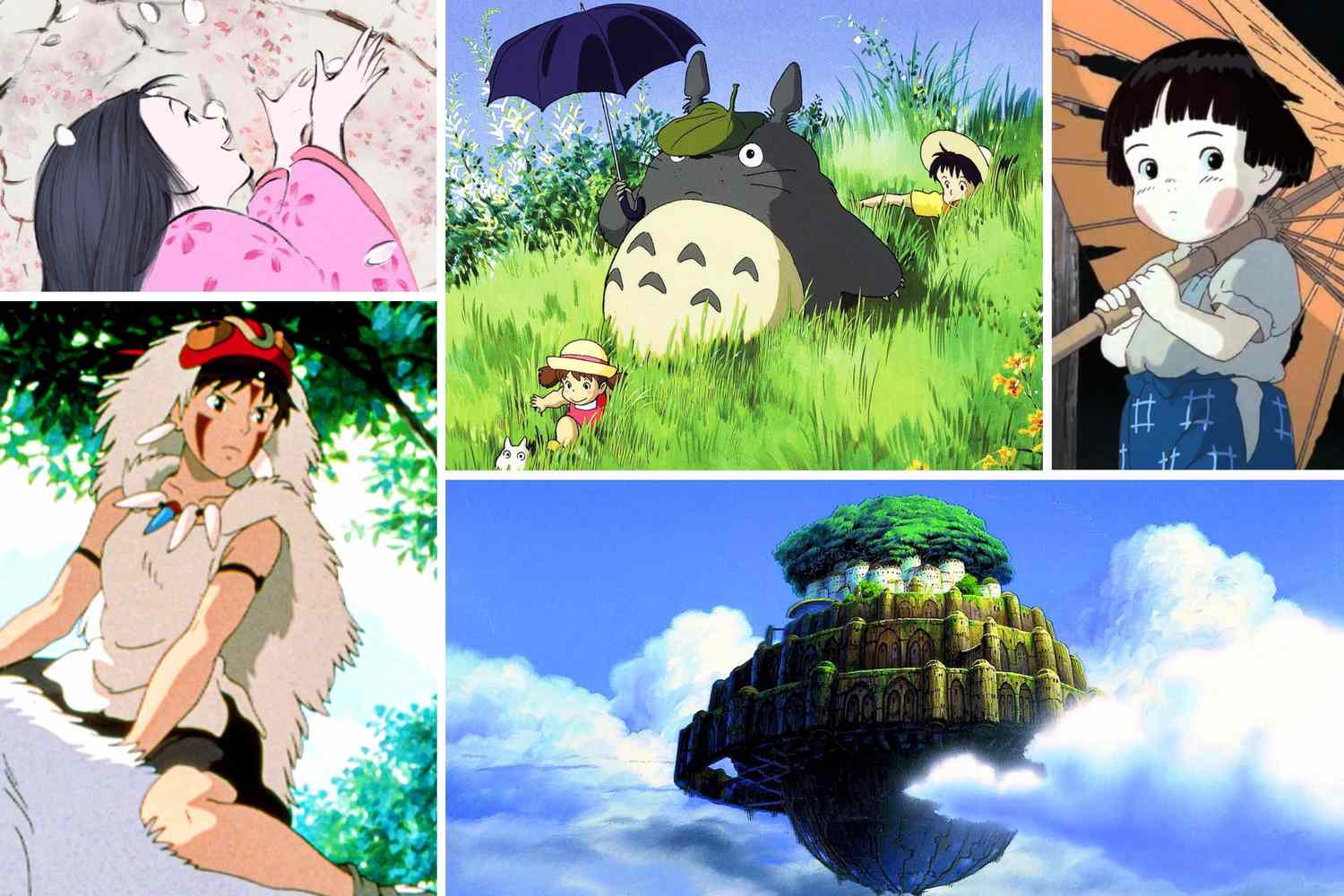
Understanding the Antagonists in Princess Mononoke
Princess Mononoke, instructed by Hayao Miyazaki, appears as among the most revered animated motion pictures in recent history. Over and above its stunning animation and persuasive characters, the movie delves serious into ecological concepts, offering poignant commentary on humanity’s partnership with the outdoors. That is set in middle age China, the history follows Ashitaka, a youthful prince cursed from a demon, because he navigates the clash between industrialization and the natural world.
In the middle of Princess Mononoke is situated the clash between character and civilization. The video depicts the harmful impact of industrialization around the environment with the expansion of Metal City and the continual deforestation powered by individual greed. Miyazaki masterfully portrays the consequences of humanity’s exploitation of the outdoors, showcasing the devastating effects on wildlife as well as the fragile balance of ecosystems.
Core towards the story is definitely the character of San, the titular Princess Mononoke, who serves as a symbol of the organic world’s durability and rage. Elevated by wolves and fiercely protecting of her forest residence, San embodies the battle against human being encroachment. Her deep connection to the woodland features the intrinsic worth of character and the significance of preserving it for generations to come.
Miyazaki features a nuanced portrayal in the turmoil, refusing to vilify both sides completely. Characters like Woman Eboshi, the realistic innovator of Steel Village, hold both amazing features and flaws, blurring the facial lines between hero and antagonist. Via this complexity, Princess Mononoke challenges viewers to take into consideration the ethical ramifications of advancement along with the true cost of industrial development.
Eventually, Princess Mononoke delivers a optimistic information of reconciliation and coexistence. As Ashitaka projects to connection the divide between people and nature, the film stresses the potential for comprehending and harmony between opposite factors. Through empathy and joint value, Miyazaki shows that mankind can find a path towards sustainability and preservation, commemorating the interconnectedness of living creatures.
In conclusion, Princess Mononoke appears as being a incredible masterpiece that consistently resonate with followers worldwide. Its serious investigation of enviromentally friendly designs works as a highly effective prompt of the significance of guarding our organic entire world. As we confront the challenges of climate change and environmental destruction, Miyazaki’s visionary film stays as appropriate and uplifting as ever.